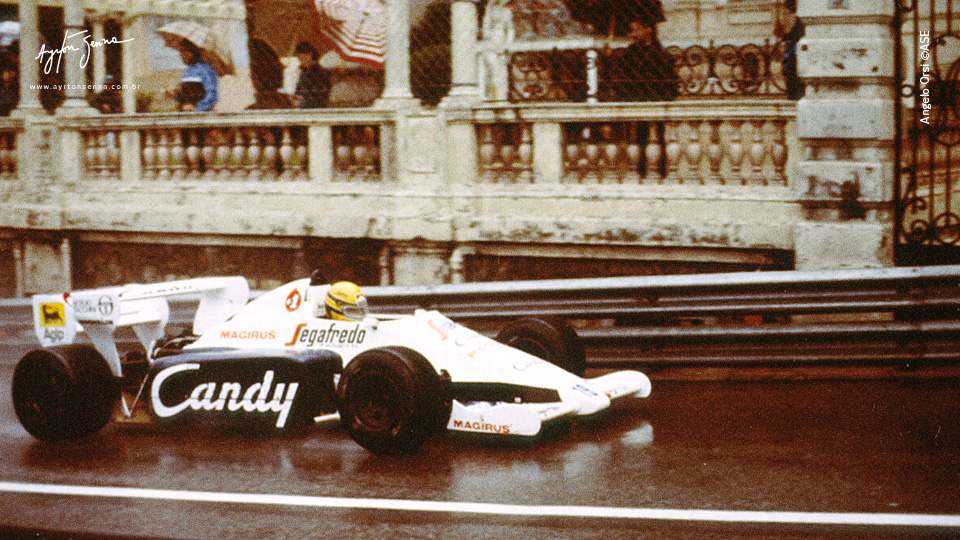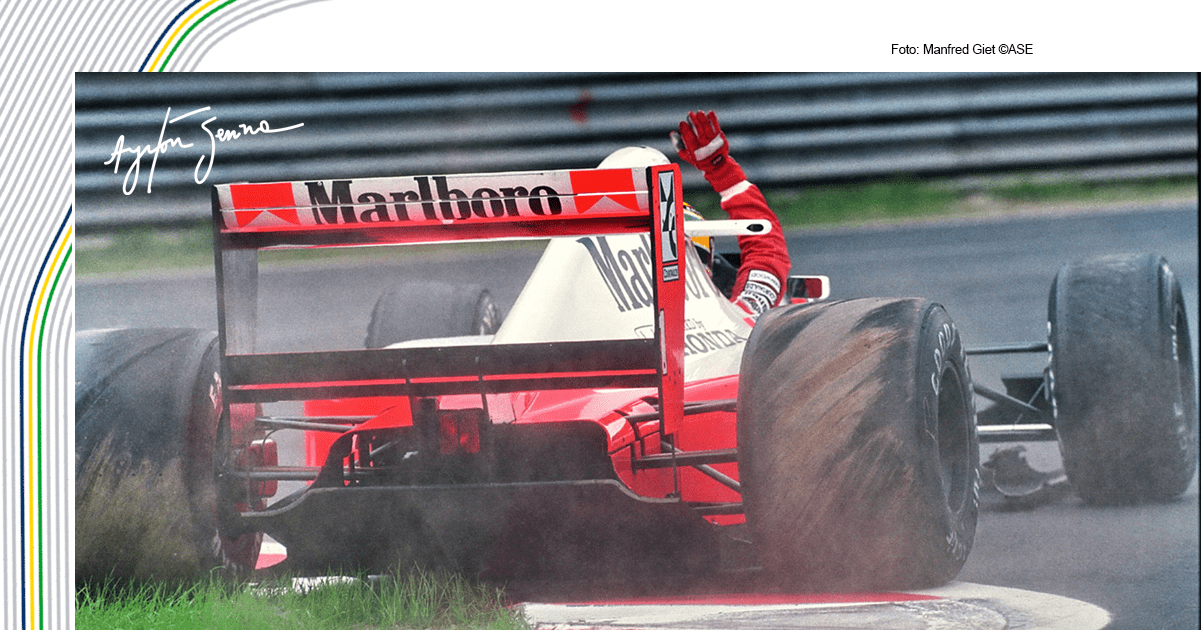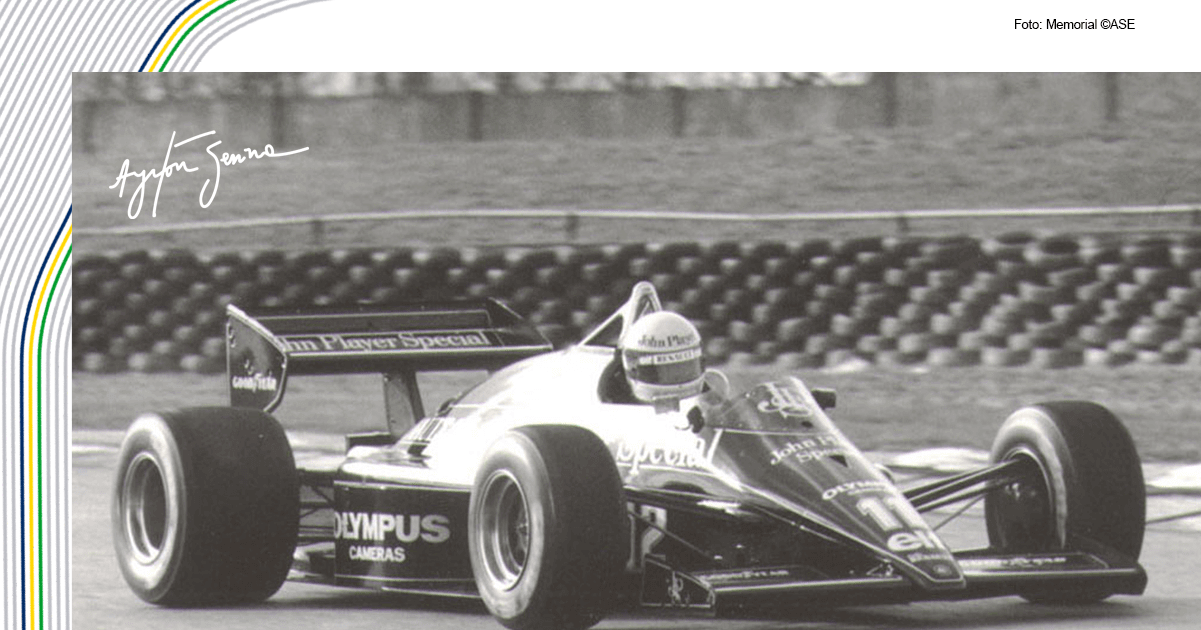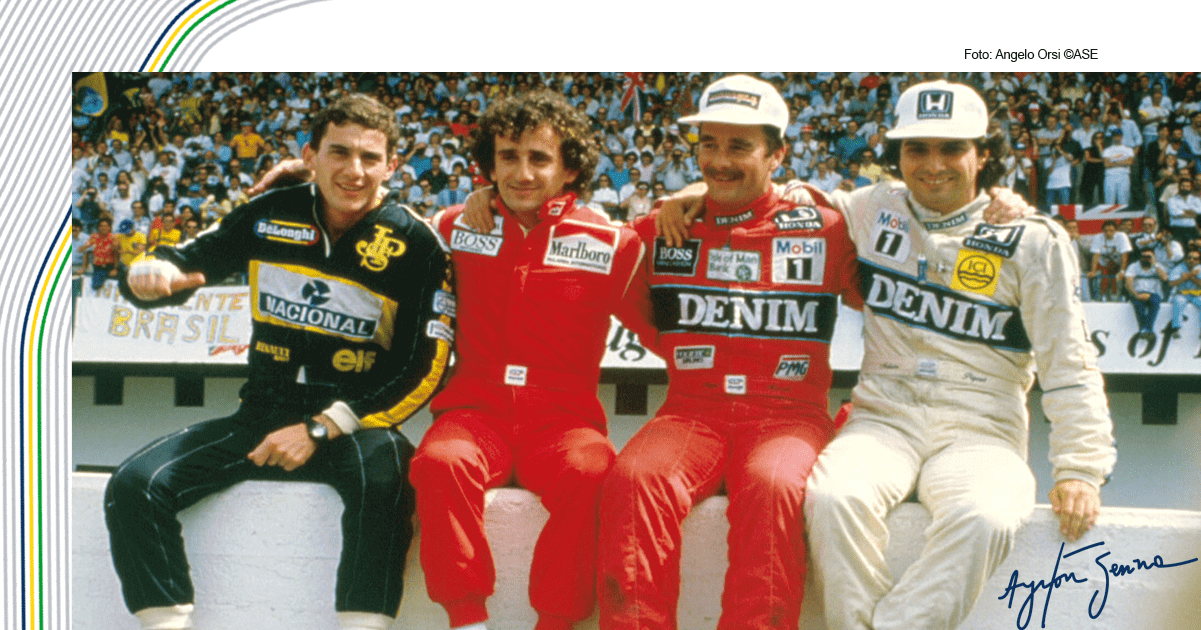Senna was signed by six teams in his career as a driver of open-wheel cars, from Formula Ford to Formula One. The Brazilian driver amassed dozens of pole positions and wins in each category – many of them the result of a perfect match between the best driver and a great car. But Senna wasn’t always the favorite to win, and some of his feats might as well be considered “miracles”, in a sport in which the machine is key to winning. And one of his most iconic wins took place on an April 9 like today, in 1982. Take a look back at this story and many others, in a journey through all the teams with which the Brazilian built his career in Formula racing.
Rushen Green
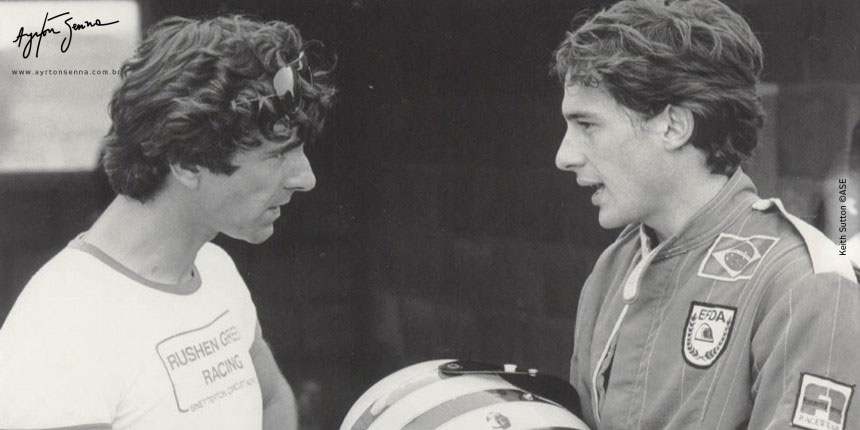
Ayrton raced for Rushen Green in 1981 and 1982, winning every title he went for in the Formula Ford seasons with the Van Diemen car. One specific race would become the stuff of legend: on April 9, 1982, he won at Snetterton after having issues with the front brakes on the second lap. Even without working front brakes, Senna took control of the car, passed six adversaries and won at the British track. The team’s mechanics didn’t believe him until they went to retrieve Senna’s car and touched the brake discs: they were cold, meaning they hadn’t been used.
West Surrey
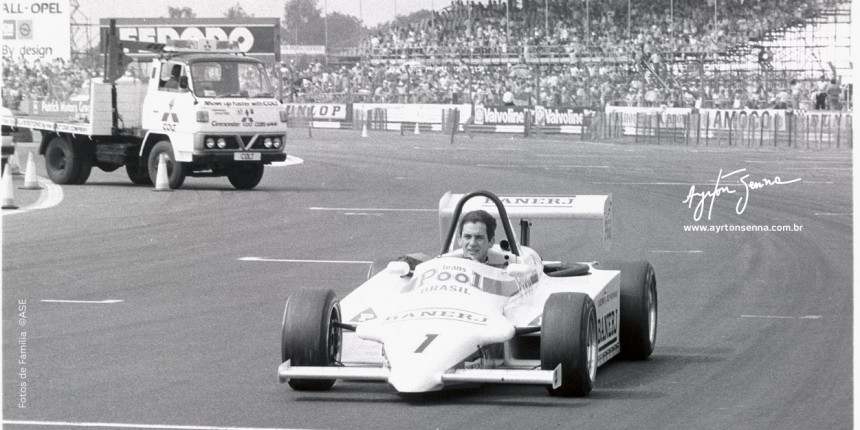
Ayrton Senna signed with West Surrey in 1983, to race in the British F3 and in the European F3. The Brazilian driver made his name in the category straight away. He won nine out of nine races, setting a historic record in the competition. Ayrton drove the Ralt RT3/83 and won both titles that season. The achievements paved the way for Senna’s F1 debut the following year.
Toleman
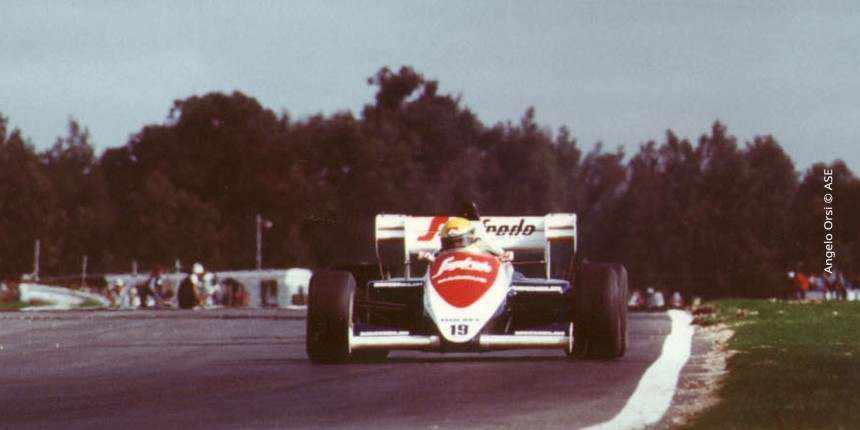
With Toleman, the team with which he made his F1 debut, Senna worked a big miracle by finishing the 1984 Monaco GP in 2nd place. Under a heavy downpour, Ayrton started in 13th place and overtook several big names of the time, such as Niki Lauda (McLaren), Michelle Alboreto (Ferrari) and Keke Rosberg (Williams). Ayrton was gaining on Prost – the only driver standing between him and victory – but the race was suspended after 31 laps, due to the weather. It was the first of Senna’s 80 F1 podium-finishes.
Lotus
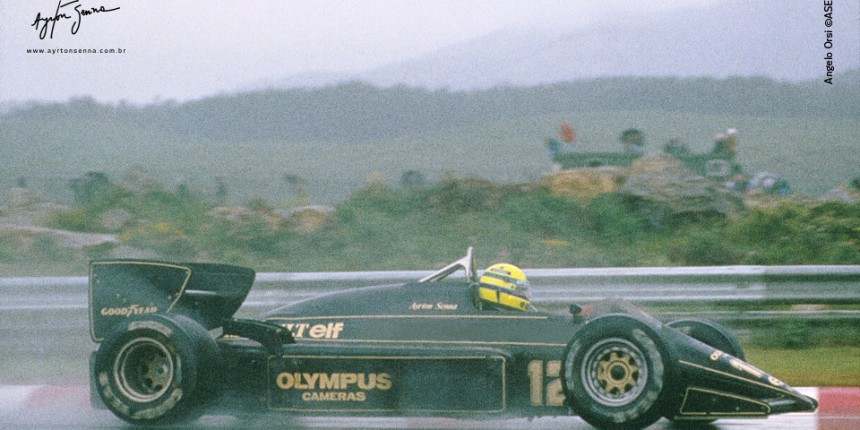
Ayrton drove a Lotus for two seasons (1985 and 1986), and in his second race for the team, he put on a spectacle in the rain, in Portugal. After scoring his first pole position in F1 the day before, Senna won with an advantage of 1min02 over his closest rival, Italian Michelle Alboreto. When complimented on his driving skills in the rain, Ayrton said the win was anything but easy.
“I lost count of how many times I was close to hitting another car. The track conditions were very dangerous – ten times worse than last year’s (the 1984 Monaco GP). Today is a very happy day for me, I was very Lucky to be able to keep the car going in a straight line”, said Ayrton Senna in an interview to the Folha de S. Paulo newspaper on April 21, 1985, after the race.
McLaren
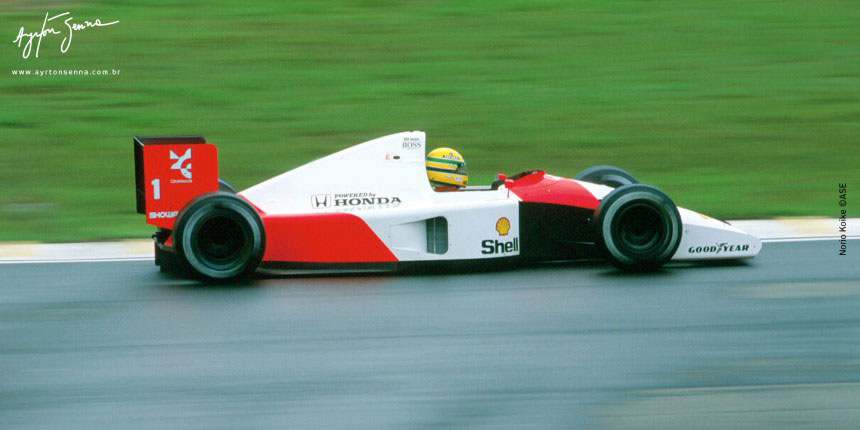
Ayrton Senna’s greatest F1 glories came during his time at McLaren. He won three world titles: 1988, 1990 and 1991, all of them secured in Japan. But Senna’s most epic wins for the team from Woking came in Brazilian and British soil. He won the Brazilian Grand Prix in 1991, taking the last seven laps with only one gear left. The end was exciting, and Senna broke the “curse” of never having won in his own home country.
In 1993, after another spectacular win at Interlagos, Senna made the impossible look easy by overtaking Schumacher (Benetton), Prost (Williams), Hill (Williams) and Wendlinger (Sauber) on the first lap of the European GP, at Donington Park. To boot, Ayrton won the race by lapping the driver who finished in third and posting the race’s quickest lap by going through the pit-lane.
Williams
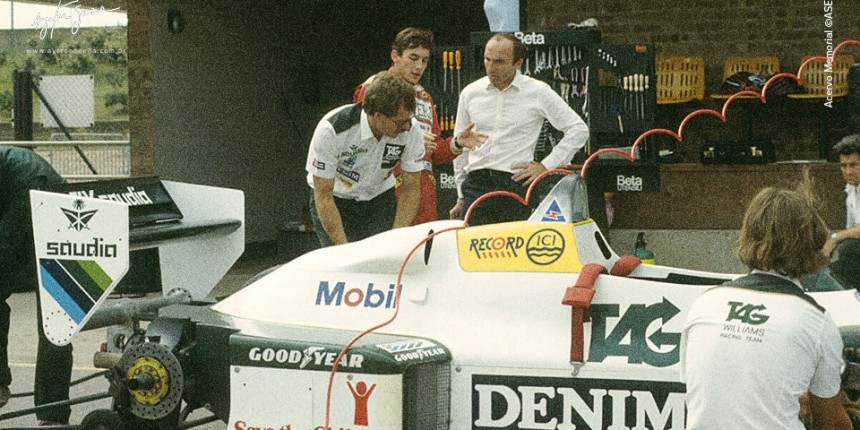
Senna scored three pole positions in three races, as a Williams driver, in 1994. But his greatest feat took place much earlier. It happened in 1983, when Ayrton was invited to test that season’s Williams at Donington Park. Looking for a place in motor sports most prestigious category, it was Ayrton’s first time driving an F1 car – and he posted a time of 1min00s5, the track’s record for cars with naturally aspirated engines, beating the team’s main drivers at the time, Keke Rosberg and Jacques Lafitte).
